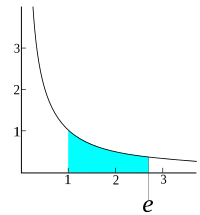
Photo from wikipedia
Caves and their surrounding fracture systems in the vadose zone of karst regions host a unique atmospheric environment. Understanding the airflow patterns in caves is critical to understanding the properties… Click to show full abstract
Caves and their surrounding fracture systems in the vadose zone of karst regions host a unique atmospheric environment. Understanding the airflow patterns in caves is critical to understanding the properties of the subsurface atmosphere and the chemical interactions between air, water, and rock. The most common driver of airflow in caves is the density difference between the subsurface and the outside air, known as the chimney effect. Observations show that seasonal airflow patterns in caves also depend on the geometry of passages. In this work, I present and use a numerical model of a passage embedded and thermally coupled to a rock mass to study the relationship between the airflow pattern and passage geometry. As the outside air enters the subsurface, it approaches thermal equilibrium with the rock mass along a characteristic relaxation length. This determines the temperature and density contrast between the inside and outside air, and the resulting pressure difference, which drives the airflow. In passages with non-uniform outlines and/or cross-sections, the relaxation length may depend on the flow direction, resulting in different airflow velocities in cold and warm periods for the same absolute temperature difference between the massif and the external temperature. In a passage with a V-shaped longitudinal profile, the airflow is triggered by instability which causes the feedback between the relaxation length and airflow velocity. The airflow pattern can also be altered by snow and ice. Heat transfer in the rock and the thermal inertia of the rock also change the relaxation lengths and cause hysteresis in the curve presenting the airflow velocity vs. temperature difference.
Journal Title: PLOS ONE
Year Published: 2023
Link to full text (if available)
Share on Social Media: Sign Up to like & get
recommendations!